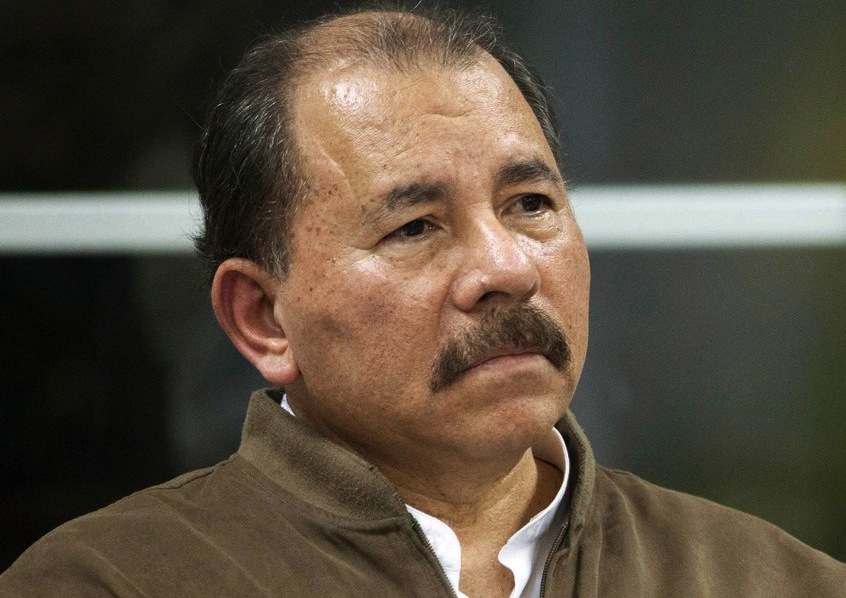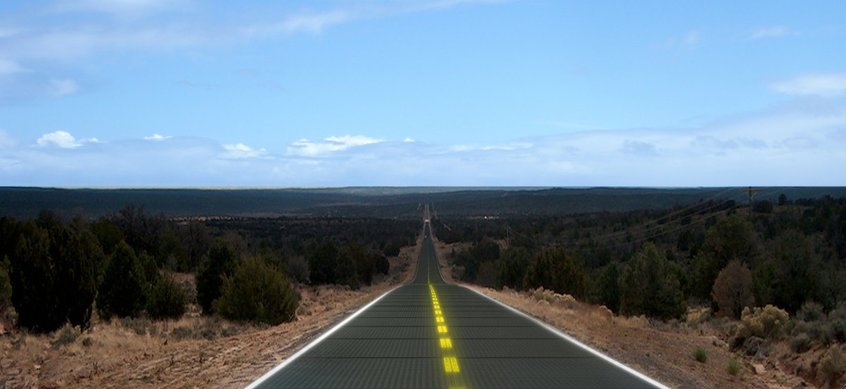Last year was a tumultuous one for the global built environment business, with headlines dominated by the rolling fall-out over the Ukraine crisis, China’s vigorous pursuit of global infrastructure diplomacy, and bold technical breakthroughs.
Here we stick our necks out with three predictions based on some of the forces unleashed in 2014.Â
1. China will build stadia for Russia’s 2018 World Cup
We’re saying at least one, maybe more, and here’s why.
To honour its commitment to Fifa Russia must build and commission seven brand new stadia in under three and a half years. (Russia promised 12 stadia for 2018: three are already built and two others are being renovated.)
The projects are behind schedule. In March last year, sports minister Vitaliy Mutko raised the alarm, complaining of problems and broken deadlines “in every region.” The very site of one stadium, in Kaliningrad, was settled only last month.
At the same time, costs have spiralled. Even before Russia’s severe economic woes brought on by sanctions and the plummeting price of oil, 2018 was set to be the most expensive World Cup in history.Â
Now costs will surge even higher. Inflation will be one cause of this. Also, the devalued rouble can buy less materials, goods and services from abroad.Â
More critical is the fact that sanctions and the massive hike in interest rates to 17% late last year makes financing operations extremely expensive for contractors, and they will need to pass that cost on to the client, the Russian government, through higher contract prices. Prior to the interest-rate hike we saw a builder hold out for more money, and he was a powerful friend of President Putin. The contractors know they’ve got the government over a barrel.
The president is caught between a rock and a hard place. Having burned through more than $120bn in precious foreign currency reserves last year in propping up banks, state companies and protecting the rouble, he can ill afford a blank-cheque World Cup. But nor can he cancel the tournament without a massive loss of face.
We could see the World Cup building programme being brought under sudden state control, with stadia built by fiat and construction bosses purged or arrested. A similar fate befell Russia’s troubled spaceport project.
But another possibility is that Putin may teach his recalcitrant builders a lesson and invite Chinese state-owned firms in to build some of the stadia. They have plenty of experience, cash, and appetite for risk – and China may welcome the opportunity further to bind its new energy-rich, credit-starved friend to itself.

Nicaragua’s president, Daniel Ortega, is holding out in recognising only Taiwan, but his coveted canal may force a change of tack (Wikimedia Commons)
2. Nicaragua to switch recognition from Taiwan to China
Stay with us – this is about Nicaragua’s proposed $40bn inter-oceanic canal that continued to boggle minds last year.
Particularly mystifying is where exactly the $40bn will come from. It certainly won’t be Nicaragua itself: $40bn is about four times the size of the country’s annual GDP.
Wang Jing, the Chinese owner of HKND Group, the company given the concession to build and operate the canal, has insisted that international investors have been lined up, but hasn’t said who they are. He has also said the project would be funded through an initial public offering, but hasn’t said when or in what stock exchange. (For more on that, see ‘What’s really going on with the Nicaragua Canal’.)
We wracked our brains for an infrastructure scheme on anything like this scale funded by private investors and the closest we got was the $7bn (approximately, and in 1994 money) Channel Tunnel between England and France.
Naturally, some conclude that the only entity capable of funding and executing such a vast, speculative, and lightening-speed mega-project (Wang says it’ll all be done in five years) is the Chinese state itself, which makes perfect sense because the canal complements China’s official strategy of opening up a new, global “Maritime Silk Road” to accelerate the flow of goods to and from China.
But Wang insists the Chinese government is not involved, and takes care to point out that China and Nicaragua do not even have diplomatic relations.
This, we propose, is the rub. China and Nicaragua have no diplomatic relations because Nicaragua is one of only 23 countries still holding out in recognising the Republic of China (Taiwan), over the People’s Republic of China (China), a delicate and sore point for the latter.
So while Chinese President Xi Jinping can happily sit down with Brazilian president Dilma Rousseff and Peruvian president Ollanta Humala to push for a South American transcontinental high-speed rail scheme, he cannot be seen shaking hands with Nicaragua’s recusant president, Daniel Ortega.
This is bound to change. Ortega wants the canal and will likely conclude that he’ll gain more from friendly ties with the People’s Republic than he does from the Republic. Both ways are not on the menu.
So we predict that this year Nicaragua will switch recognition, making official Chinese involvement through state-owned banks and construction firms possible – and the canal scheme itself, at last, comprehensible.

Paving America solar would generate three times more electricity than it consumed in 2009, say Scott and Julie Brusaw (Dan Walden/Solar Roadways)
3. US to begin building first solar road
This a feel-good prediction for renewable energy enthusiasts.Â
The Dutch beat the US to it last year, but America will not be far behind.
In April 2014, Scott and Julie Brusaw, founders of Solar Roadways, set out to crowd-fund a million dollars to commercialise the system they believe could be used to pave America’s 31,000 square miles of roads and parking lots with glass panels that generate power.
They say it would generate 13,385 billion kilowatt-hours of electricity, more than three times what the whole country consumed in 2009.
In just two months donors stumped up $2.2m. Armed with this modest windfall, they plan small-scale installations in as-yet-unnamed public spaces this spring. So we’re cheating a bit. But we’re betting that even bigger money will get behind the Brusaws to launch at least one major commercial application of the system in 2015.
Why? Because America needs to raise its annual spend on surface transportation by 63% – or $163bn – for the next six years just to meet current demand and to clear the maintenance backlog. And even though it is currently awash with shale gas, it needs to reign in public spending.
Roads that raise cash by generating clean electricity is just too beautiful an idea for American entrepreneurs to ignore.






